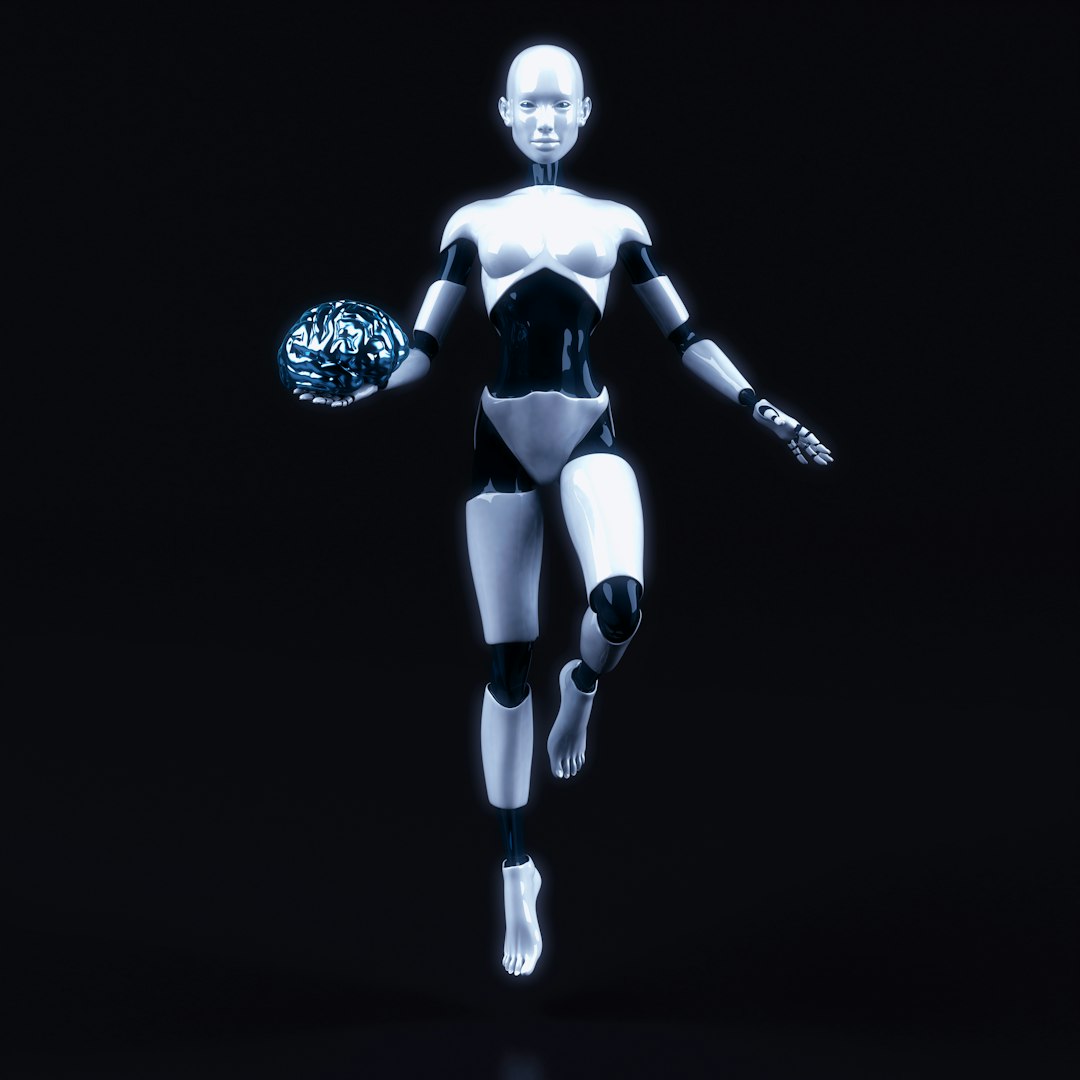In the ever-evolving landscape of technology, humanoid robots stand at the forefront, embodying the pinnacle of innovation and the complexity of replicating human intricacy. Despite the dazzling promise these robots hold for transforming our lives, the path to achieving truly human-like capabilities reveals a web of challenges and ethical considerations.
The Dream vs. Reality
The vision of humanoid robots seamlessly integrating into our daily routines, enhancing productivity, and offering companionship is compelling. However, the reality is starkly different. Achieving the dexterity and adaptability of human biology in robots is an ongoing challenge, highlighting the vast gap between current capabilities and the dream of perfect human mimicry.
The Latest in Robotics
- Innovative algorithms from institutions like MIT are making it possible for robots to solve complex manipulation problems rapidly, marking a significant step forward in robotic dexterity.
- Advancements in AI and machine learning are paving the way for robots that can perform increasingly sophisticated tasks, promising a future where human and robotic collaboration could redefine industries.
The Socioeconomic Impact
The integration of robots into the workforce is not without its challenges. Studies indicate a nuanced impact on employment and wages, spotlighting the need for strategic integration of robotics to bolster productivity while mitigating adverse effects on jobs.
The Road Ahead
The journey towards creating humanoid robots capable of working alongside humans is filled with excitement, innovation, and caution. The promise of these robots redefines our perception of technology’s role in our lives, urging a balanced exploration of their potential benefits and societal implications.
As we navigate this thrilling frontier, the pursuit of humanoid robots is not just about technological prowess but also about enhancing human potential and thoughtfully addressing the ethical dimensions of our shared future.
